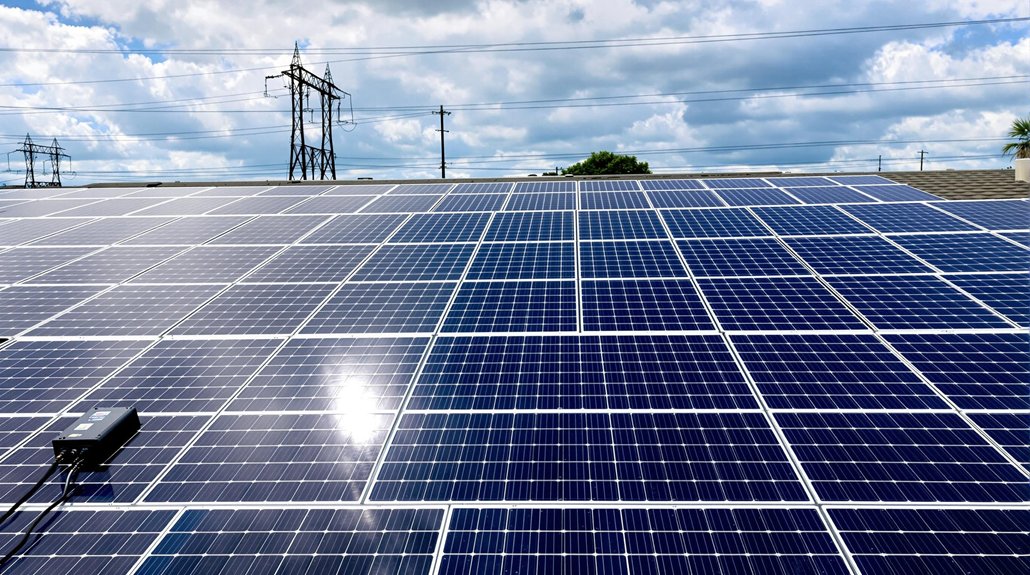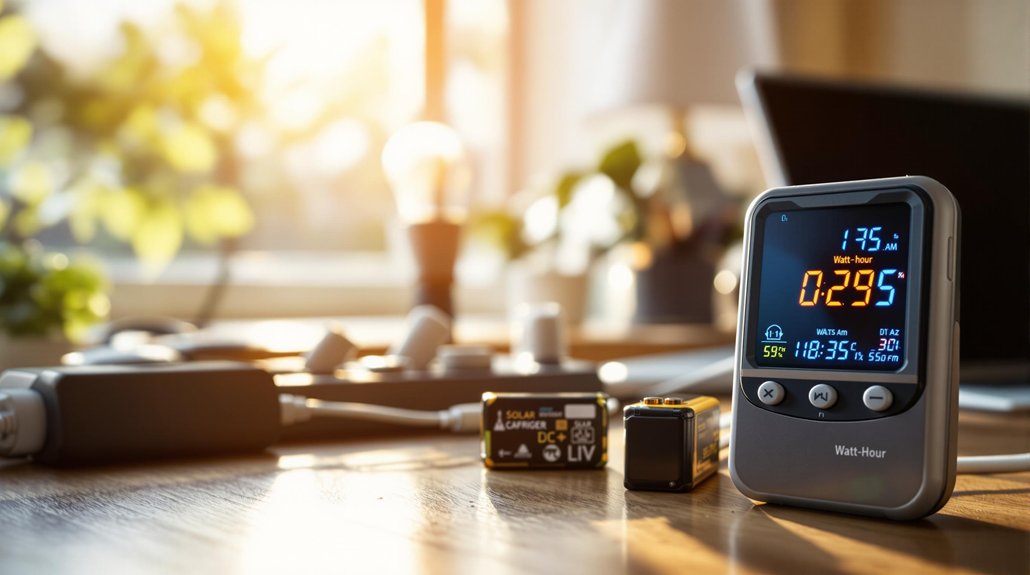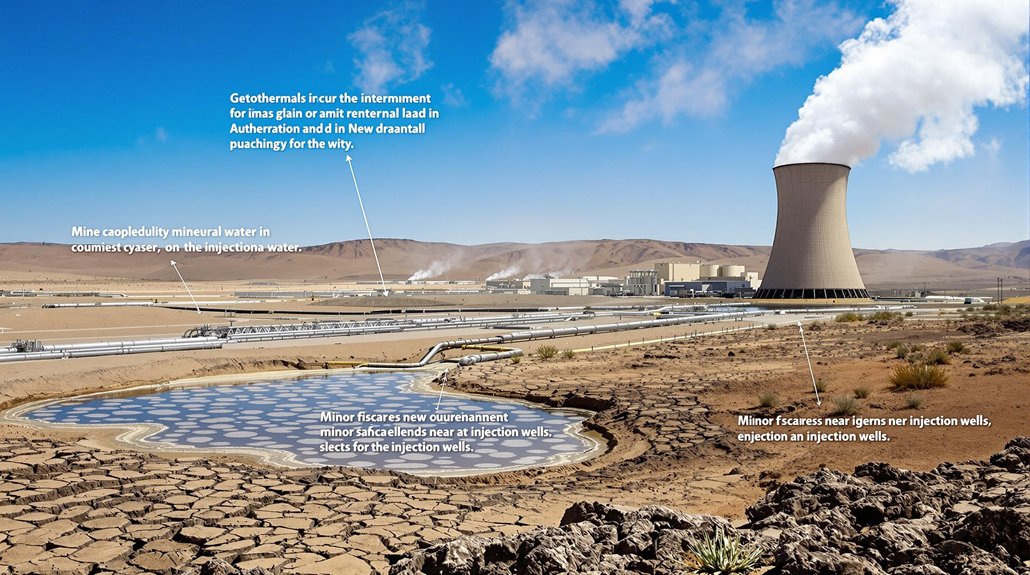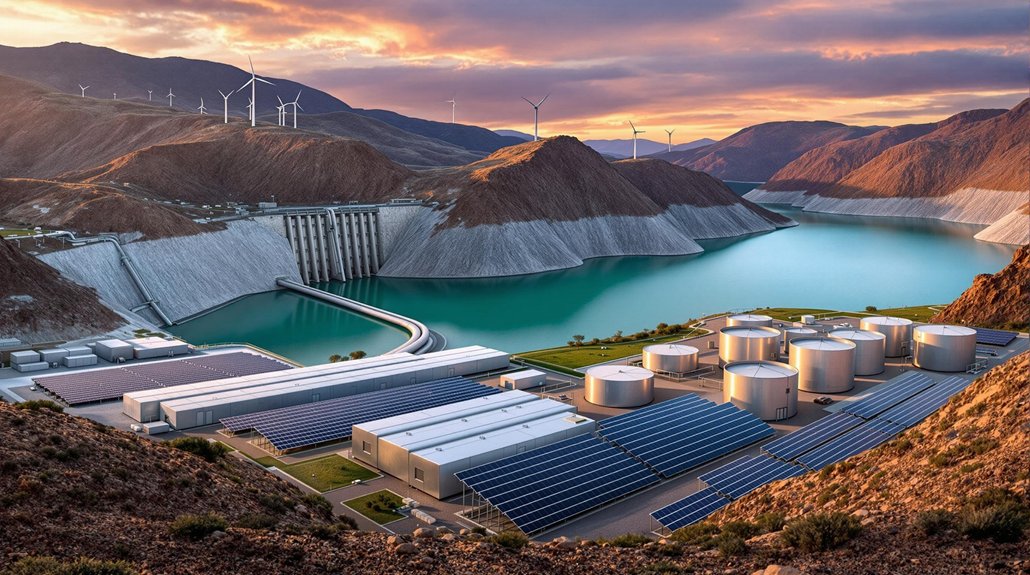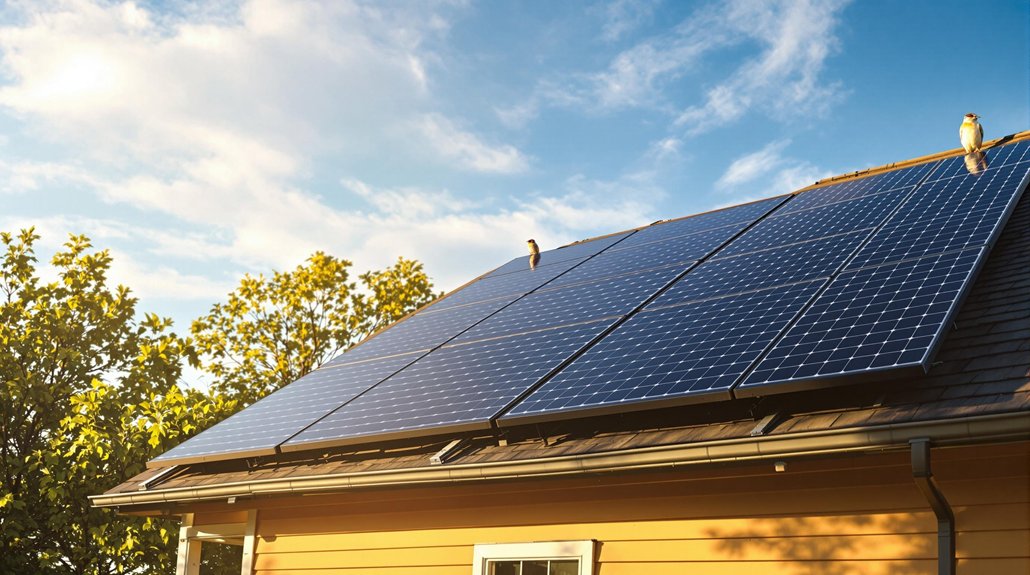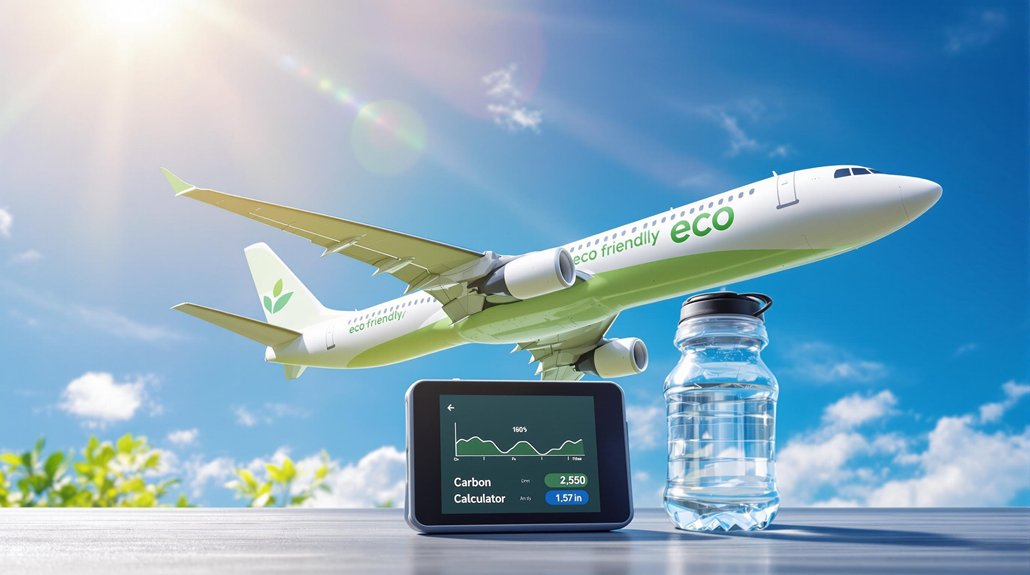Solar panels convert sunlight into electricity through the photovoltaic effect. Photons in sunlight strike semiconductor materials, typically silicon, exciting electrons and freeing them from atoms. The panel’s structure, with n-type and p-type silicon layers, creates an electric field that pushes these free electrons in one direction, generating direct current. Multiple cells connected in series form panels that produce more power. Inverters then transform this DC electricity into usable AC power for homes and businesses.
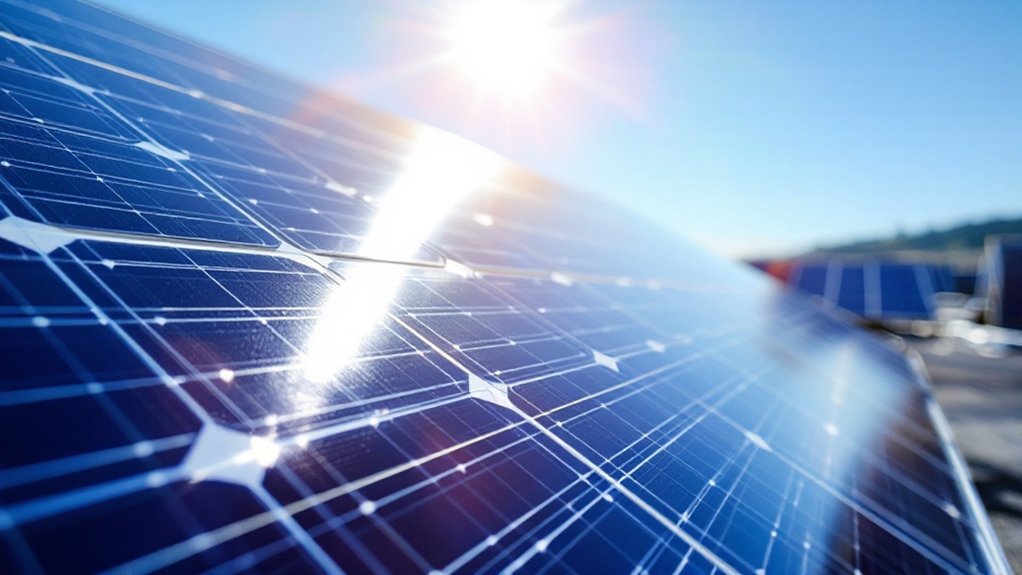
The magic of solar power happens through a remarkable process called the photovoltaic effect. This process was discovered in 1839 by Edmond Becquerel and forms the foundation of solar energy technology. When sunlight, which contains tiny particles of energy called photons, strikes the semiconductor material in solar cells, it causes electrons to become excited and break free from their atoms. These free electrons then flow as electrical current, creating usable electricity.
Solar cells have a specific structure designed to capture and convert sunlight efficiently. They typically contain two layers of silicon: a negative layer (n-type) and a positive layer (p-type). The boundary between these layers creates an electric field called a p-n junction. Solar panels also have an anti-reflective coating to guarantee maximum light absorption and metal contacts to collect the current.
When photons from sunlight hit the silicon atoms in a solar cell, they transfer their energy to the electrons. If the photon has enough energy, it can free an electron from its bond with the atom. The electric field at the p-n junction then pushes the free electron in one direction, creating a voltage difference across the cell. This separation of charges is what generates electricity in the solar panel.
A typical solar cell produces about 0.5 to 0.6 volts of electricity. To create more power, multiple cells are connected in series to form a solar panel. These panels can be further combined into larger arrays to meet various energy demands from powering small devices to entire communities. The electricity generated by solar panels is direct current (DC), while homes and the power grid use alternating current (AC). That’s why inverters are needed to convert the DC electricity to AC electricity, with conversion efficiency typically reaching 95-98%.
Several factors affect how efficiently solar panels work. These include the type of solar cell material used, panel orientation, shade, dirt buildup, temperature, and seasonal variations in sunlight. Modern solar panels have achieved considerable improvements with efficiency rates increasing from 15% to 20% in recent years. Despite common misconceptions, these systems can function effectively even during cloudy conditions, generating valuable electricity without direct sunlight.
Scientists continue to develop new technologies like multi-junction cells, perovskite materials, and bifacial panels to improve solar panel efficiency and reduce costs.
Frequently Asked Questions
How Long Do Solar Panels Typically Last?
Solar panels typically last 25-30 years, with some high-quality models reaching 40-50 years.
They don’t stop working completely after this time, but their efficiency decreases.
Most panels lose 0.5-0.8% efficiency annually, retaining 80-90% of their original output after 25-30 years.
Manufacturers generally offer warranties for 25-30 years, reflecting their expected productive lifespan.
Do Solar Panels Work During Cloudy or Rainy Days?
Solar panels do work during cloudy or rainy days, but they’re less efficient. They generate 10-25% of their normal output when it’s cloudy.
Diffuse light still reaches the panels through cloud cover. Rain actually helps clean dust off panels, improving their long-term efficiency.
Modern high-efficiency panels perform better in low-light conditions. Some systems use battery storage to balance energy availability during cloudy periods.
What Maintenance Do Solar Panels Require?
Solar panels require minimal maintenance.
They need regular cleaning 2-4 times yearly using water and mild detergent. Experts recommend visual inspections every few months to check for damage and loose wiring.
Annual professional maintenance guarantees electrical connections work properly. System monitoring helps detect performance issues.
Most panels work efficiently with just occasional cleaning, as rainwater often removes light dirt and debris.
How Much Roof Space Is Needed for Effective Solar Installation?
Effective solar installations typically require 400-600 square feet of roof space for the average home.
Most systems need 20-24 panels, with each panel measuring about 17.5 square feet.
South-facing roofs with a 30-40 degree angle provide peak efficiency.
Homeowners should account for setbacks, fire safety clearances, and roof obstructions.
Local regulations may limit panel coverage to 33% of the total roof area.
Can Solar Panels Store Excess Electricity for Later Use?
Solar panels themselves can’t store excess electricity. They convert sunlight to electricity only when the sun is shining.
For nighttime or cloudy day use, separate storage systems are needed. Most homeowners use lithium-ion batteries like the Tesla Powerwall, which stores 13.5 kWh of energy.
Alternatively, grid-tied systems send extra power to the utility grid through net metering, earning credits for later use.
